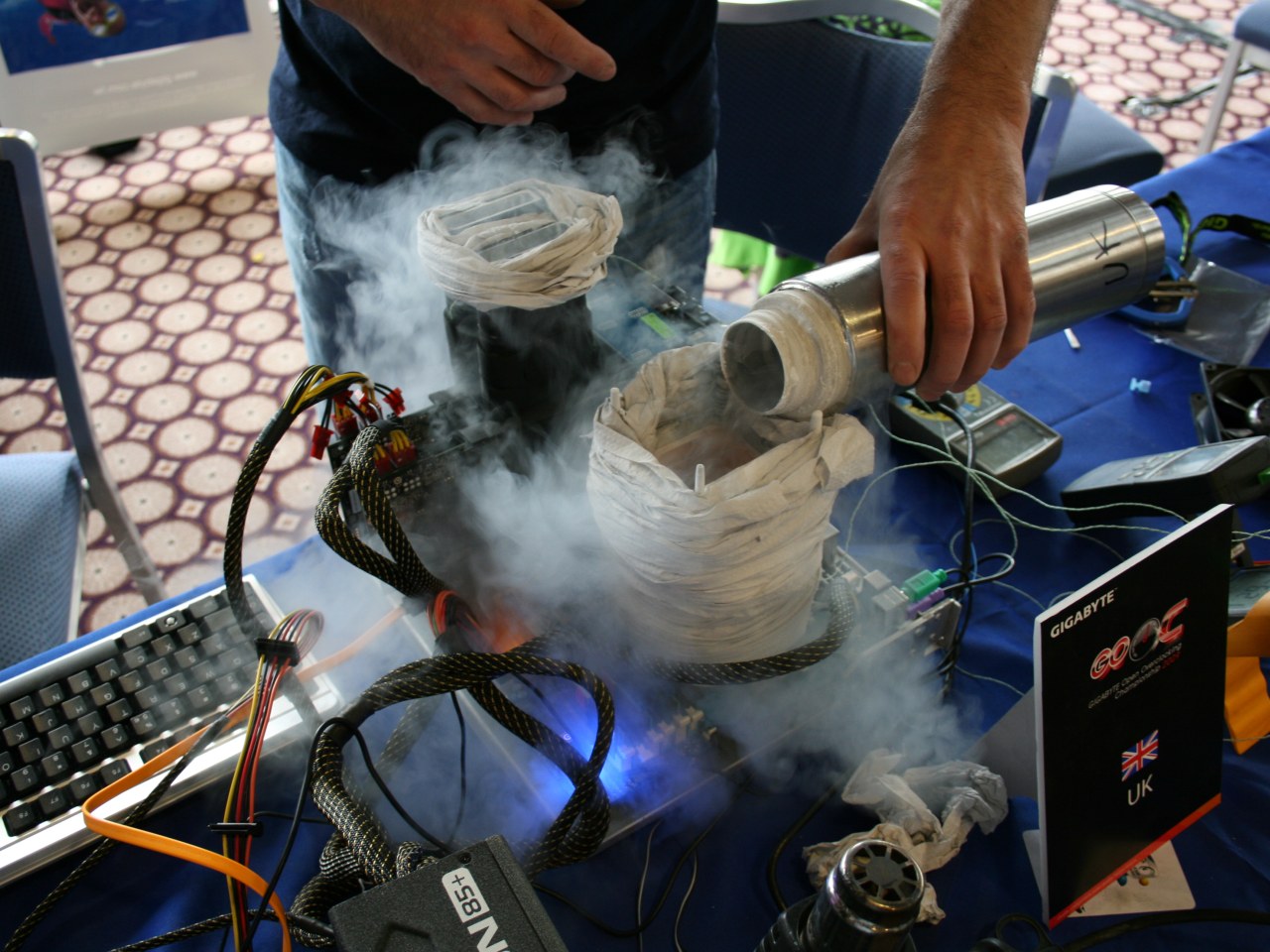Our personal computer is an electronic device and it is associated with two common electrical units, ampere and volts. In normal situation, we won’t care about voltage, but we should really care about when we perform overclocking. The more work we expect processors do, higher ampere and voltage could be needed. Because the resistance value is constant, higher voltage would be equal to higher amperage. This would differentiate faster performance with slower one. Resistance will dissipate the electrical energy and some will be converted into hear. The accumulated heat would contribute to higher temperature and this could cause damages on electrical components. This is a vicious cycle in overclocking and we should make sure that we are able to avoid such condition. Each PC component requires only small amount of voltage, often in millivolts range. Although small wires inside electrical components are very fine, they could be many of them and this could cause higher temperature. Eventually, heat will accumulate and higher temperature, resistance could actually increase slightly and this will further accumulate more heat.
Our processor is attached with heatsink, but it is often not enough. In fact, heatsink is designed only to transfer heat from processor to the fan. Considering this fact, we should be really concerned whether increasing the voltage will still keep us in safe level. Fine tuning the overclocking standard will require a degree of practicality and we should make sure that all the trouble that we go through will be rewarded by proper boost in performance. Boosting the performance of our computer should be easy and there are steps we need to do. First of all, we need to go to the BIOS page and look for CPU and bus speed settings. We should set the CPU and BIOS bus settings to manual, so it will be much easier to adjust the clock rates and other settings. For example, we could increase the CPU VCore to 1.4V and set the CPU VTT to 1.3V. It is also important to make sure that our RAM speed could work within specific limits. The next step could depend on the type of processor we have. In general, increasing the FSB could result in higher processor speed.
We will be required to save the BIOS settings, followed by rebooting the PC and this will result in 30 percent or more performance boost. Some of the common overclocking steps could work on most systems, but we should determine whether the voltages could still ensure stable performance. During overclocking tasks, we should make sure that we are able to do things one step at a time, so it is much easier to check whether our system is stable enough. This should be considered an iterative process and we should be able to get the kind of stability and performance we want. In some cases, overclocking can be a time consuming tasks, but we should be motivated to do the right things.

